A team of LLNL scientists conducts multi-million atomic molecular-dynamics simulations to uncover required temperature and pressure conditions for super-diamond creation.
Science and Technology
in the News
Science and Technology
in the News
News Center
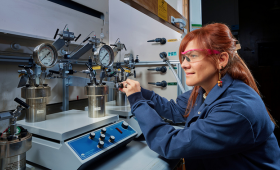
LLNL has received $1 million to explore technologies that stimulate hydrogen production from mineral deposits found in the subsurface.
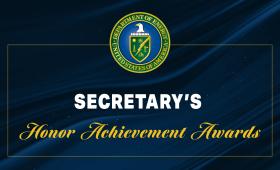
LLNL employees, participating in five project teams, were recognized with Department of Energy (DOE) Secretary’s Honor Awards.
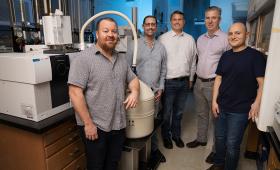
A Lawrence Livermore National Laboratory team has uncovered a new thermal decomposition pathway for an important explosive compound.
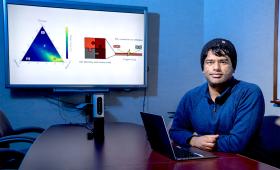
A multi-disciplinary team used chemical transient kinetics and microkinetic modeling to understand a key reaction in electrochemical CO2 conversion.
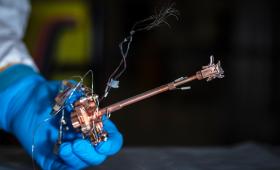
The details of the historic Dec. 5, 2022, fusion ignition experiment are presented in the Feb. 5, 2024, issue of Physical Review Letters.
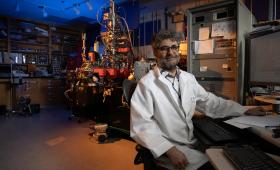
New research by Lawrence Livermore National Laboratory, the University of Oklahoma, and other collaborators significantly changes how we understand the global nitrogen cycle.
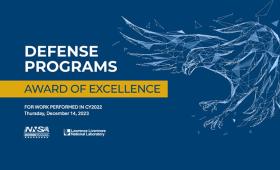
Seven teams of LLNL researchers were honored with the Defense Programs Award of Excellence for their outstanding contributions.
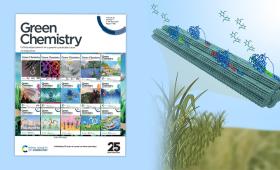
A research team sheds new light on how to access the sugars locked up in plant materials in order to convert byproducts into new feedstocks.
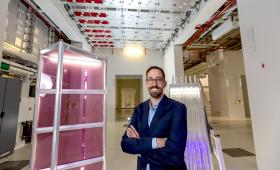
Studies using recent ignition experiments indicate such an upgrade in laser energy could increase fusion output by a factor of 10, resulting in yields in the 30 MJ range.

